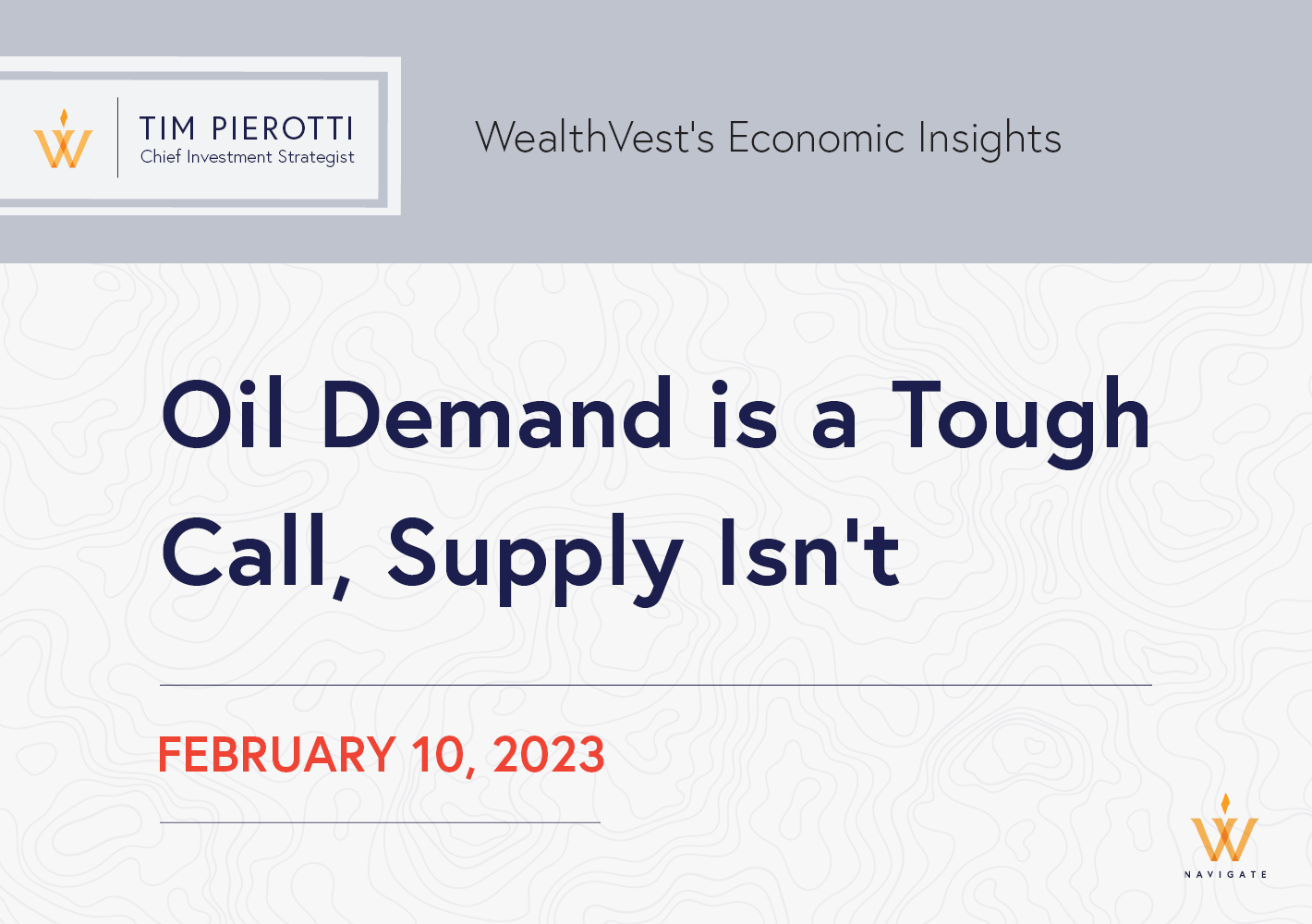What Did We Learn This Week? (02/23/2023) - Where are the Workers
What does a new working paper from the NBER and Washington University tell us about quiet quitting and today’s labor environment?
Rethinking 60/40 Part 2: What can we learn about the years when stocks and bonds are both negative?
Rethinking 60/40: What can we learn about the years when stocks and bonds are both negative?
In our last blog post, I discussed the underlying reasons for today’s underperformance of 60/40 portfolios, but let’s look at how much of an anomaly today’s times are and where 2022 falls in history. Since 1928, we can glean the underlying reasons a 60/40 portfolio allocation became popular method for investors seeking reliable returns. The chart below shows historical corporate bond yield and the S&P 500® returns by year, demonstrating how often bonds and stocks remained positive. However, looking at the years in which equities and bonds are negative provides important context for the contemporary market environment.
Rethinking 60/40: Part 1-Why investors use 60/40 allocations?
Rethinking 60/40: Why have individuals used 60/40 Allocations for their Retirement Savings?
A portfolio invested in 60% stocks and 40% bonds, commonly known as a 60/40 portfolio, is where many portfolios start before adjusting to a diversified mix based on time horizon, risk tolerance and savings goals. The 60/40 portfolio mix is a tried and true portfolio allocation because it provides market gains during market rallies and fixed income reliability during economic slowdowns. This portfolio is most suitable when interest rates go down, as equities perform well. When interest rates rise, equity returns typically fall.
What Did We Learn This Week? (02/10/2023) - Oil Demand is a Tough Call, Supply Isn’t
“Capital efficiency” in the US energy sector has evolved to where the return of cash is coming at the expense of future refining capacity and upstream production.
What Did We Learn This Week? (02/03/2023)–When the Pain Trade is Higher
…I was short a lot of the same stocks as other traders and we were all trying to reduce exposure and manage risk at the same time pushing our respective positions higher and exacerbating our losses. We were well into the start of the Great Financial Crisis bear market, but in May, due to some piece of better economic data, the counter-trend rally was violent and I wasn’t handling it particularly well…
What Did We Learn This Week? (01/19/2023)–Soft Landing or Imminent Peril
This week Tim explores if the Fed’s latest moves have set our economy up for a soft landing or if all of the other factors pressuring today’s economy are too much to overcome a recession.
What Did We Learn This Week? (12/30/2022)–The Energy Transition Fantasy
Energy Transition is a Fantasy
What Did We Learn This Week? (12/16/2022)–The Fed, Oaktree, Fusion
This week, Tim discusses Jerome Powell’s comments, Oaktree’s Howard Marks making the case on how today’s economy is fundamentally different than the last four decades, and the holy grail of nuclear fusion someday becoming a reality.
What Did We Learn This Week? (12/06/2022)–Brainard
The Fed just told us that we are now in a new secular inflation regime and the market didn’t pay attention
What Did We Learn This Week? (11/29/2022)–Finding the Positives
This week, Tim looks at the key question every investor and fiduciary may ask themselves before making a market decision, where could I be wrong?
November Update with Jonathan Golub and Tim Pierotti
In this video Tim covers the factors driving the secular energy inflation issue. Underinvestment, industry changes, geopolitical issues, and demand all contribute to high oil prices long term.
What Did We Learn This Week? (11/11/2022)–Mild Stagflation
This week, Tim discusses the recent CPI report and how stagflation may come to more of a forefront in the coming months and how mild stagflation will become the new reality.
Tim Pierotti—The End of the Great Moderation
In this video Tim Pierotti looks at the four long term factors that contributed to the Great Moderation and how they have come to an end and how financial professionals can plan moving forward.
What Did We Learn This Week? (11/4/2022)–Elusive Pivot
This week Tim discusses the Fed decision to raise the target rate 75 basis points and the long-term implications of today’s inflationary cycle.
Tim Pierotti—Energy Inflation
In this video Tim covers the factors driving the secular energy inflation issue. Underinvestment, industry changes, geopolitical issues, and demand all contribute to high oil prices long term.
What Did We Learn This Week? (10/20/2022)–60/40
This week Tim discusses the long-term view on the 60/40 portfolio. The traditional success of a 60/40 equity and bond allocation has been undermined by elevated inflation over the past year. While inflation will come down over the coming months, the secular risks such as deglobalization and aging demographic will lead to a more inflationary environment over the coming decade. The result is that a more defensive allocation that includes principal protection is warranted.
What Did We Learn This Week? (10/20/2022) - Men Without Work
In this week’s essay, Tim dissects the role men dropping out of the workforce has had on the overall Labor Force Participation Rate (LFPR).
What Did We Learn This Week? (10/13/2022)—The Other Oil Cartel
In this week’s post, Tim investigates oil supply and demand and the lack of chronic and structural investment in the refining space. He argues that while the US has become far more energy independent, the benefits may not be as disinflationary as we may hope.
Tim Pierotti—Factor Investing Video Guide
In this video Tim discusses Factor Investing and goes over Quality, Momentum, Value, Size and Volatility Factors and how they function within an investment portfolio.
What Did We Learn This Week? (10/06/2022)—Sell-side Research
In this week’s essay, Tim discusses the problem of trying to value the equity markets based off consensus forward estimates. Wall Street estimates will always be behind the curve in a downturn and this time is no different. Stocks may look “cheap” on current estimates but those estimates are always far too high ahead of recessions.




















